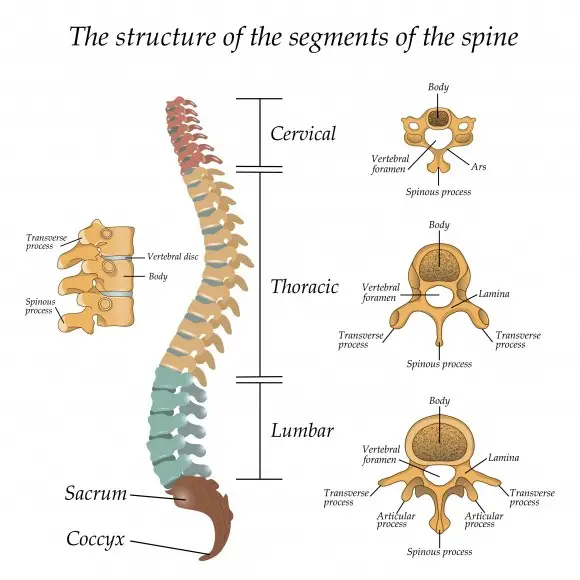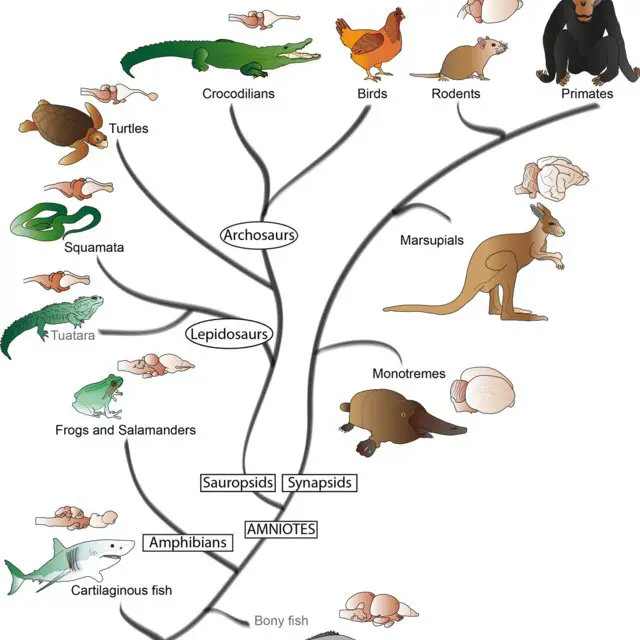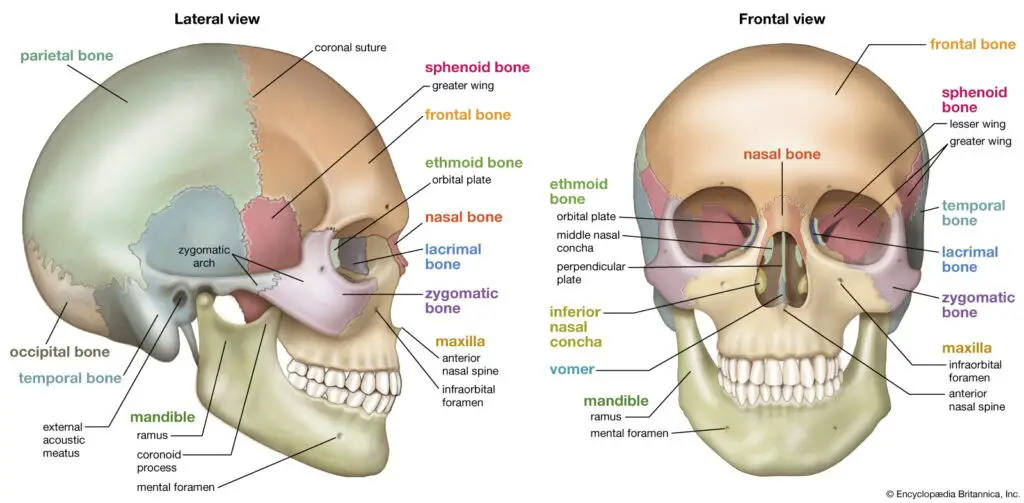Table of Contents
What is Vertebrates:
Vertebrates are a group of animals under phylum Chordata which are placed under a subphylum Vertebrata, as they are Chordata so they have all the features of phylum Chordata along with they have some special features which are absent in other Subphylum of phylum Chordata.
Meaning of Vertebrata:
In vertebrates, the bony and cartilaginous endoskeleton is a very important feature. In the endoskeleton of the vertebrate the axial skeleton has the skull and vertebral column, the vertebrae are arranged in strings to form the vertebral column which forms the backbone in the Subphylum of Vertebrata. The presence of vertebrae makes them known as Vertebrate, the vertebrae come from the Latin word ‘vertebratus’ which refers to the word jointed, the arrangements of vertebrae give a jointed appearance, so they are known as Vertebrata.
In Subphylum Vertebrata a very important feature is the presence of the skull, the brain box, or cranium which protects the brain and hosts the brain inside it. The cranium not only gives place to the brain, but the cranium also gives protection to the vital sense organs present in Vertebrata. The skull and vertebral column form the axial skeleton, the presence of cranium makes them also known as Craniata, the presence of cranium separates them from other groups of animals not have cranium known as Acraniata.

Subphylum Vertebrata is known due to their vertebral column but the cranium is more important in Vertebrata as compared to the vertebral column. Because the development of the cranium started much before the development of the vertebral column, the cranium arose first so the cranium is more important in Subphylum Vertebrata.
Fundamental Characteristics of Subphylum Vertebrata:
Vertebrate is a special type of Chordate that has a cartilaginous or bony endoskeletal skull for housing the brain and have a string of vertebrae through which the spinal cord passes. Skull and vertebral columns are two fundamental characteristics of Subphylum Vertebrata because these two features do not present in other groups. These two features, skull and vertebral column separate vertebrates from other groups of animals, in other groups of animals skull or vertebral column is not present.
So all the Vertebrates have the Chordata Characters but the vertebrates have extra additional features as compared to non vertebrate. Previously some workers use the Chordata and vertebrate terms interchangeable but now it is clear to us that how vertebrates are separate from Chordata.

The three fundamental characteristics of phylum Chordata, dorsal hollow nerve cord, pharyngeal gill slits, and notochord are present in all Chordata as well as in vertebrates along with other Subphylum of phylum Chordata, Hemichordata, Urochordata and Cephaochordata. But the cranium and vertebral column present in vertebrates are not present in other groups of phylum Chordata, Hemichordata, Cephaochordata, and Urochordata.
Hemichordata, Urochordata, Cephaochordata, and Vertebrata all together form phylum Chordata, Vertebrata can be used for Craniata or Euchordata because the group of Chordata has cranium are placed under Group Craniata.
Diversity in Subphylum Vertebrata:
Diversity in Number:
Subphylum Vertebrata is rich in large numbers of species, in Subphylum Vertebrata around 49000 species were found and so a large number of species are not present in other Subphylum of phylum Chordata.
Diversity in Features:
In Subphylum Vertebrata we can see a large number of most advanced features, as we see in birds, reptiles, mammals, amphibians.
Different Types of Vertebrate:
Depending upon various features we can classify vertebrates in different groups, at first we can divide the Vertebrate into two categories depending on the presence of jaw, jawless Agnatha, and jawed Gnathostomata.

Gnathostomata again can be divided into two categories on the basis of appendages, pieces have fin as appendages, and Tetrapoda in which limbs present as paired appendages. Now both Pieces and Tetrapoda can be classified into several groups based upon different features.
Detailed Study On Subphylum Vertebrata Definition Characteristics Classification Examples and Diagram
Reference
Cephalochordata Characteristics Features Classification Examples and Diagram
Urochordata Classification Morphology Characteristic Features
Characteristics Features of Hemichordata
General Comparison of Hemichordata Urochordata and Cephalochordata
Comparative Study of Digestive System in Hemichordata Cephaochordata and Urochordata
Hemichordata Urochordata and Cephaochordata Comparative Study on Excretory System and Nervous System
Hi Everyone!!! Welcome to Imaluop. Imaluop always try to learn some new and he want to share to other people. Here we will try to learn various topics on Science, specially on Biological Sciences.